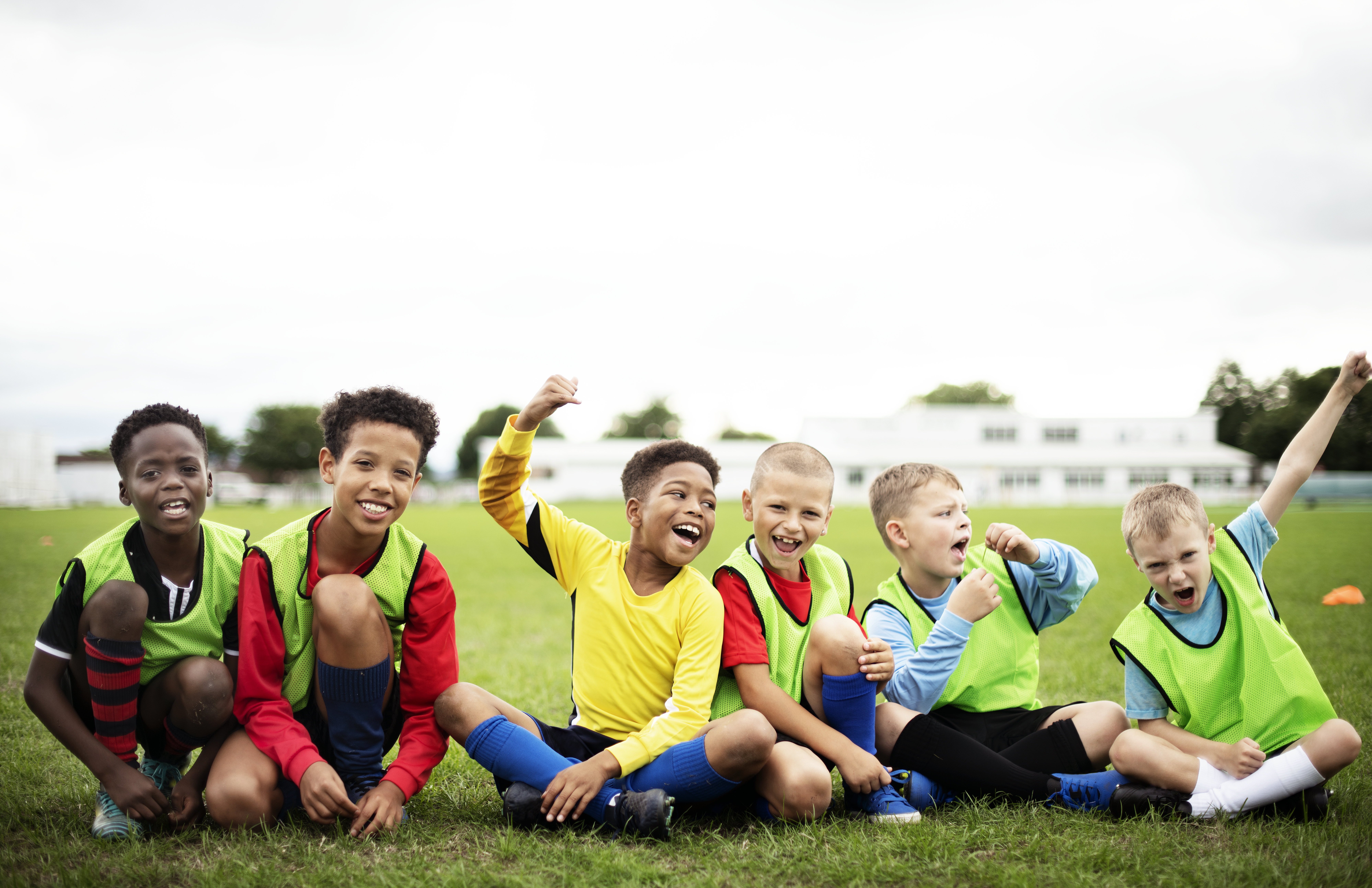
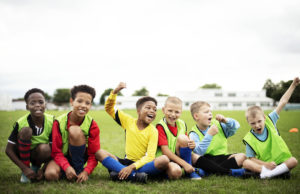
What parents need to know about prepping for the next season of sport
Kids’ sports season is upon us and for many parents, this starts with ensuring that their sports gear fits! However, underneath that sport’s jersey is a body of bones and tendons and muscles that is constantly growing and evolving. This means that kids can be more prone to certain injuries during these active growth phases of their lives.
At Allsports Physiotherapy and Sports Medicine Clinics we see a range of sport-related injuries and the effects these injuries can have on a child’s growing body.
To help your child prepare for their upcoming sports’ season, we have put together our top 5 tips to help kids avoid injuries:
1. Load management and cross-training is certainly the most important component to injury prevention. Loading the body in the same way for long periods of time is one of the most common causes of injury that we see in clinic. This is where cross-training is pivotal to managing load and preventing injury from over-training. For example, ensuring that your child supplements one or two training sessions with an activity that moves their body and loads it in a different way. This also assists in recovery. [2]
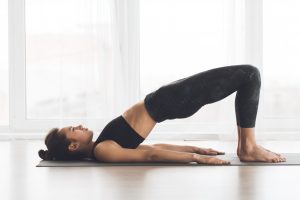 2. Strength is also very important to help prevent injuries. Strengthening exercises should be performed regularly. Try some whole-body exercises such as:
2. Strength is also very important to help prevent injuries. Strengthening exercises should be performed regularly. Try some whole-body exercises such as:
- Squats
- Calf raises
- Glute bridges
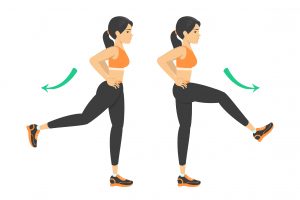
3. Warm-up and warm-down
Taking the time to warm-up is pivotal for preparing the body for exercise – as a general guide we recommend the following warm-up for kids/teens/young athletes: [2]
- Brisk walk/stationary bike ride or light jog for 5-15 minutes to increase their heart rate slightly and make them sweat a little
- Dynamic stretches for the main muscles used during their sport – such as leg swings, gentle trunk rotations and/or arms swings
- Bodyweight exercises performed for 10 reps each – such as squats, push ups and/or calf raises
Warm-down is just as important as the warm-up and your child needs to ensure that they take the time to let their body unwind after exercise by performing static stretches and holding for 30 seconds (stretch sensation should be comfortable). Foam rolling the muscles that have worked can also be helpful.
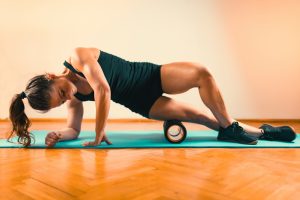
4. Rest is commonly overlooked and super important for helping their growing bodies recover. A good general guide is to both ensure at least 1-2 days’ rest from a specific sport before another training or playing session and that they are getting enough sleep to optimise recovery.
5. Flexibility is important for young athletes. Foam rolling and stretching the muscles that have worked hard can often help facilitate better movement. [1]
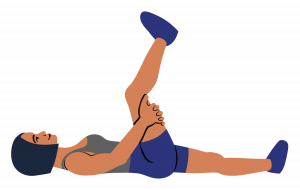
For example:
- Quad and calf foam rolling
- Calf, hamstring or quad stretching
PLEASE NOTE –
It is strongly recommended that your child doesn’t play when injured without being thoroughly assessed by your Allsports Physiotherapist.
The above suggestions are a guide only and should be performed at the level appropriate to the athlete’s exercise tolerance.
Still feeling a little lost about how to help your child prevent an injury?
Get in touch with your local Allsports Physiotherapy clinic. Our physios will be able to help point you in the right direction. To contact your local Allsports clinic, click here or visit www.allsportsphysio.com.au.
References:
[2] Launay F. Sports-related overuse injuries in children. Orthop Traumatol Surg Res. 2015;101(1 Suppl):S139-S147. doi:10.1016/j.otsr.2014.06.030
